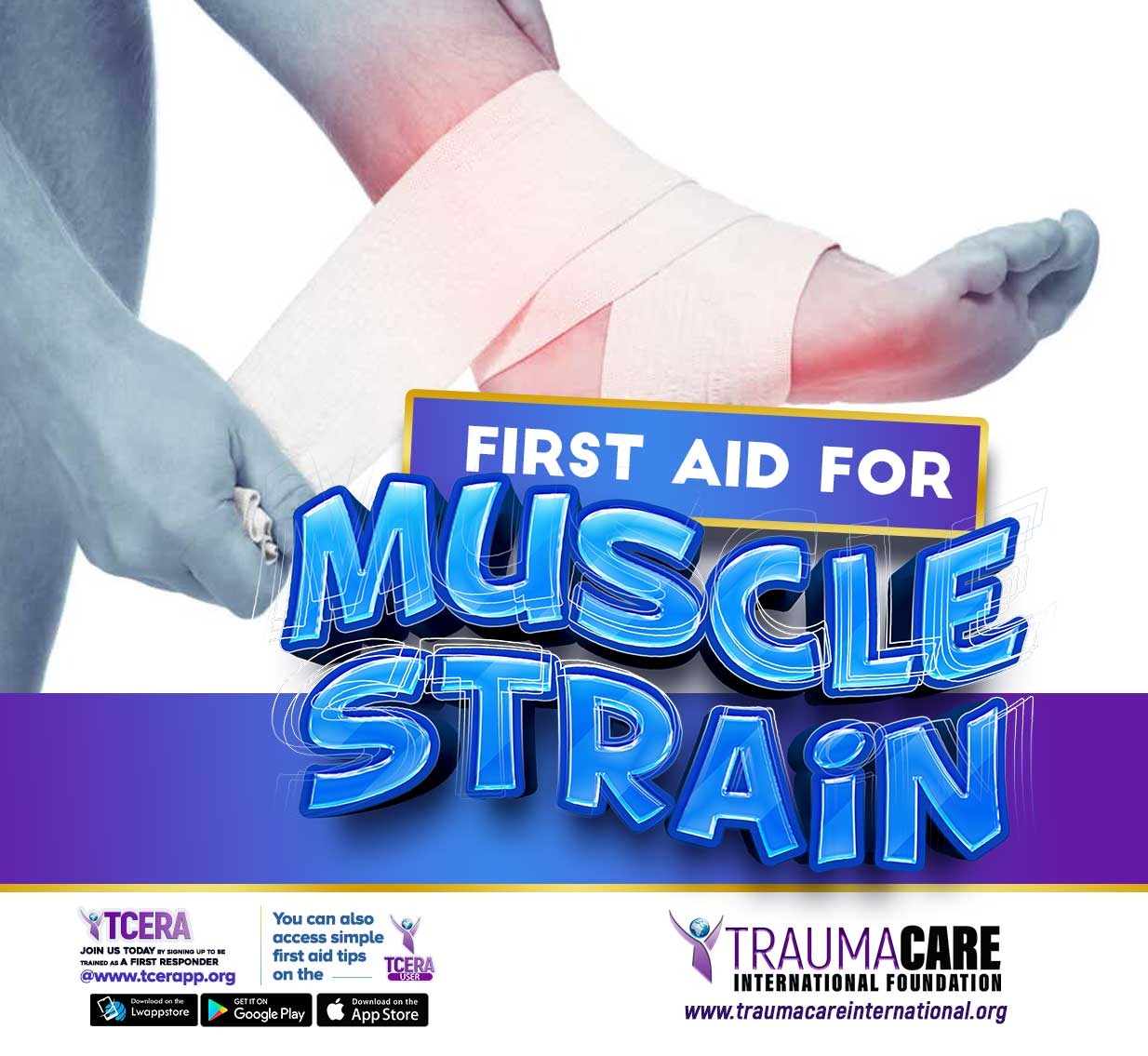Strain occurs when a muscle is stretched beyond its limit, causing either a partial or a complete tear of the muscle. A strain is an injury to muscles, or tendons that attaches a muscle to a bone.
STRAIN
Strain occurs when a muscle is stretched beyond its limit, causing either a partial or a complete tear of the muscle. A strain is an injury to muscles, or tendons that attaches a muscle to a bone.
Phases of muscle strains
The severity of a strain can be measured depending on the level of injury, and this can give an idea as to how long it will take to recover. Muscle strains are categorized into grades based on severity and they are:
- Grade 1: Mild damage to muscle fibers that causes slight loss of strength that may be painful to continue with your normal activities.
- Grade 2: Extensive damage with more muscle (partially ruptured muscles) fibers involved, causing a significant loss of strength that stops you from carrying on with your normal activities.
- Grade 3: Full tear of the muscle (completely ruptured muscle fibers) resulting in a potential loss of function. This injury may sometimes require surgery to reattach the damaged muscle and tendon.
Types of muscle strain
- Acute muscle strain: This results from a direct blow (trauma) to the body, excessive muscle contraction, or using poor body mechanics to lift something heavy.
- Chronic muscle strain: This happens when a muscle is overused (stress) through prolonged and repetitive movements, or insufficient rest during intensive training.
Signs and symptoms of Muscle strain
Muscle strain injury happens as a result of excessive pressure on a muscle; it does not only happen to athletes. Symptoms of strain include:
- Bruising
- Sudden pain
- Loss of strength
- Muscle spasms
- Inflammation & swelling
First aid for muscle strain
The treatment approach for muscle strain often depends on the muscle affected and the severity of the injury. However, the P.R.I.C.E approach can best be used to provide first aid for muscle strains.
- P -Protect the strain area by applying elastic bandage, sling, or splint.
- R -Rest the strain area well enough and avoid any physical activities that may stress the affected muscle.
- I -Ice the injured area by applying an ice pack using a barrier device(towel) to prevent direct (Ice) contact with the skin for about four to eight times a day (each time, 20mins)
- C -Compress the strain area by applying a gentle pressure on the affected area, wrapping it with an ace or elastic bandage.
- E -Elevate the injured area above the heart level using pillows or other devices to reduce swelling.
For more information;
Call: 0808 678 3416 or 0808 584 9338
Email: [email protected],
[email protected] CLICK HERE TO SIGN UP
Download the TCERA user app today.
https://bit.ly/tceraAndroid
https://bit.ly/tcera-IOS





What do you think?
0 Responses
To Comment, you must Sign In
Be the First to Post on this Topic